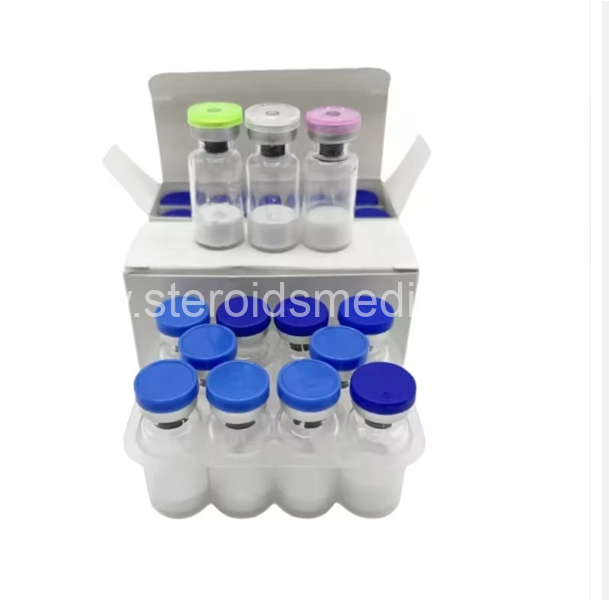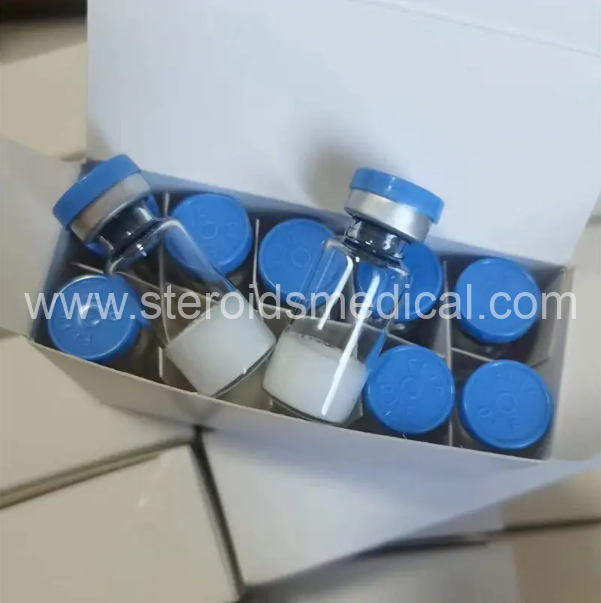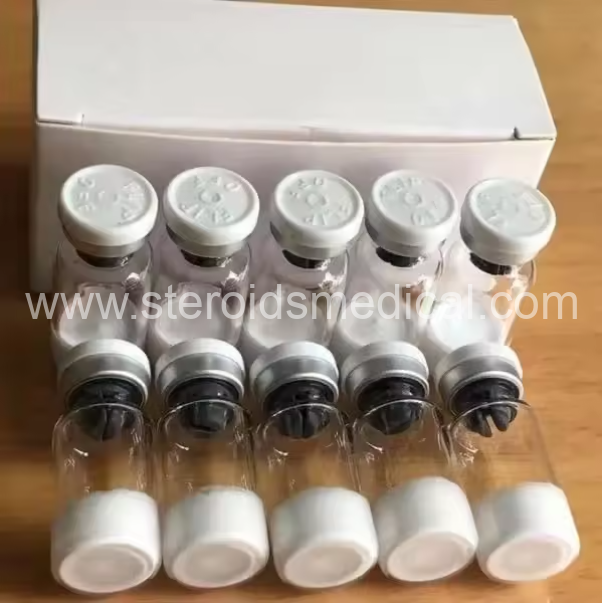積 d碑文:
Oxytocin Acetate is a synthetic form of oxytocin, a peptide hormone and neurotransmitter that plays a crucial role in various physiological processes and social behaviors. Here’s an overview of oxytocin acetate, その効果, and its potential uses:
Functions and Effects of Oxytocin
Labor and Childbirth:
- Oxytocin is primarily known for its role in facilitating labor and childbirth by stimulating uterine contractions.
- It helps to initiate and maintain labor during childbirth and supports the expulsion of the placenta.
Breastfeeding:
- Oxytocin promotes milk ejection (let-down reflex) during breastfeeding.
- It helps milk flow from the mammary glands to the nipple, facilitating nursing and bonding between mother and infant.
Social Bonding and Behavior:
- Oxytocin is often referred to as the “love hormone” 又は “bonding hormone” due to its role in social interactions and bonding.
- It influences trust, empathy, and emotional bonding between individuals.
- Increased oxytocin levels are associated with feelings of closeness and connection in relationships.
Stress Reduction:
- Oxytocin has anti-stress effects by reducing levels of cortisol (a stress hormone) and promoting relaxation.
- It helps mitigate the body’s response to stressful situations, promoting emotional resilience.
Reproductive Health:
- Oxytocin may play a role in male reproductive function, including sperm movement and ejaculation.
- In women, it supports uterine health and may have implications in menstrual cycle regulation.
Clinical and Therapeutic Uses
Medical Induction of Labor:
- Oxytocin acetate is used clinically to induce labor when natural contractions are insufficient to initiate childbirth or if there is a medical need to accelerate labor.
Postpartum Hemorrhage:
- Oxytocin is also administered to prevent and manage postpartum hemorrhage (excessive bleeding after childbirth) by promoting uterine contraction and reducing bleeding.
Breastfeeding Support:
- In lactating mothers, oxytocin acetate may be used to enhance milk ejection during breastfeeding, particularly in cases where breastfeeding difficulties arise.
行政
- Route: Oxytocin acetate is typically administered via intravenous (IV) infusion or intramuscular (IMの) 注射.
- 投与量: Dosage and administration protocols are determined based on medical indications, patient condition, and healthcare provider guidelines.
- モニタリング: Patients receiving oxytocin acetate are closely monitored for uterine contractions, fetal heart rate, and maternal blood pressure to ensure safety and effectiveness.
考慮 事項
- 副作用: Common side effects of oxytocin acetate include nausea, vomiting, 頭痛, and uterine hyperstimulation.
- 規制状況: Oxytocin acetate is a regulated medication and should only be administered under medical supervision.
- 禁忌: It is contraindicated in certain medical conditions, such as placental abnormalities or fetal distress.
結論
Oxytocin acetate is a valuable medication used in obstetrics and gynecology for its role in labor induction, postpartum care, and breastfeeding support. While primarily used in clinical settings, ongoing research continues to explore its broader implications in social behaviors, emotional bonding, and potential therapeutic applications in other medical fields. 他の薬と同様に, its use should be guided by healthcare professionals to ensure safe and effective outcomes for patients.
使い方?
Using oxytocin acetate typically involves specific medical procedures and administration protocols, primarily in clinical settings for obstetric and gynecological purposes. Here’s a general outline of how oxytocin acetate is used based on its clinical applications:
Medical Indications
Labor Induction:
- 目的: Oxytocin acetate is used to induce or augment labor when natural contractions are insufficient to initiate childbirth or when there is a medical necessity to expedite labor.
- 行政: It is typically administered intravenously (IV) as a continuous infusion.
- 投与量: The dosage is carefully titrated based on the response of uterine contractions and the condition of the mother and fetus.
- モニタリング: Continuous monitoring of uterine contractions, fetal heart rate, and maternal vital signs (blood pressure, heart rate) is essential during administration.
Postpartum Hemorrhage Prevention:
- 目的: Oxytocin acetate is used to prevent and manage postpartum hemorrhage by promoting uterine contraction, which reduces bleeding after childbirth.
- 行政: It can be administered intravenously (IV) or intramuscularly (IMの) after delivery of the baby and placenta.
- 投与量: The dosage varies depending on the clinical situation and guidelines for postpartum hemorrhage management.
Breastfeeding Support:
- 目的: Oxytocin acetate is used to facilitate milk ejection (let-down reflex) during breastfeeding, particularly when there are difficulties with milk flow.
- 行政: It may be administered intravenously (IV) or intramuscularly (IMの).
- 投与量: Dosage for breastfeeding support is typically lower than that used for labor induction or postpartum hemorrhage prevention.
管理ガイドライン
- 準備: Oxytocin acetate is supplied as a solution that requires proper dilution according to manufacturer instructions before administration.
- Route: It is administered either intravenously (IV) through a continuous infusion pump or intramuscularly (IMの) as a single injection, depending on the clinical indication.
- タイミング: Timing of administration is critical and typically initiated and adjusted by healthcare providers based on the progress of labor or postpartum condition.
- モニタリング: Continuous monitoring of uterine contractions, fetal heart rate, maternal blood pressure, and other vital signs is essential during and after oxytocin administration to ensure safety and effectiveness.
考慮 事項
- 副作用: Common side effects include nausea, vomiting, 頭痛, and uterine hyperstimulation, which can necessitate adjustments in dosage or discontinuation.
- 禁忌: Oxytocin acetate is contraindicated in certain medical conditions, such as placental abnormalities or fetal distress, where uterine stimulation could be harmful.
- 医療監督: Administration of oxytocin acetate should always be performed by qualified healthcare professionals familiar with its use and potential complications.
結論
Oxytocin acetate is a critical medication used in obstetrics and gynecology to support labor induction, manage postpartum hemorrhage, and aid in breastfeeding initiation. Its use requires careful monitoring and adherence to established protocols to ensure safe and effective outcomes for both mother and baby. Healthcare providers play a crucial role in determining the appropriate administration and dosage based on individual patient needs and clinical circumstances.
PS:
製品について, 他にご不明な点がございましたら , お問い合わせください いつでもどこでも.
オンラインでチャットしたり、 Eメール 私たちに: steroidsmedical@protonmail.com
お時間をいただき、ありがとうございました!
 国内製薬(株), 株式 会社.
国内製薬(株), 株式 会社.


















